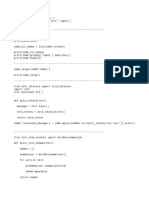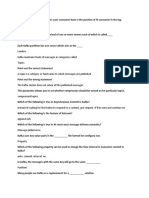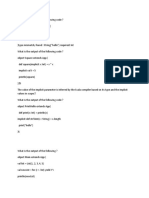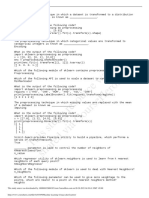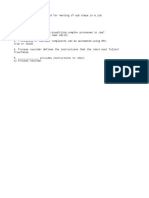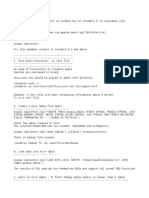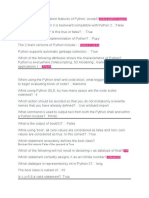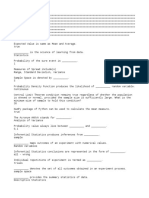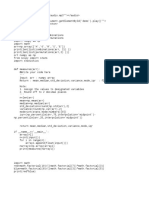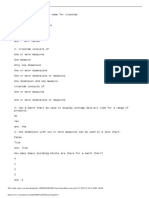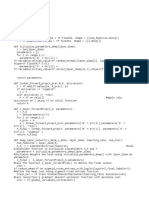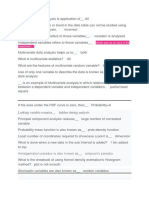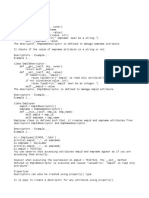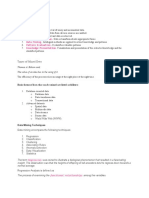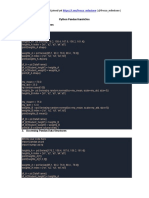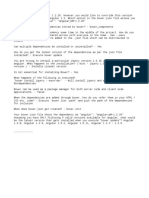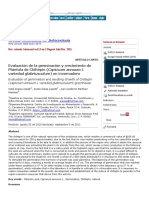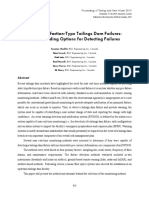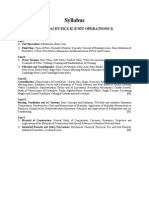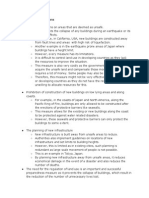0% found this document useful (0 votes)
2K views4 pagesUnstructured Data Classification Handson
This document discusses loading and preprocessing an IMDB movie review dataset using pandas and NLTK. Key steps include:
1. Loading the CSV dataset and viewing the first 5 rows.
2. Analyzing the dataset shape and statistics, and identifying the target variable.
3. Preprocessing the text data via tokenization, lemmatization, and stop word removal.
4. Creating term-document matrices using CountVectorizer and TfidfVectorizer.
5. Splitting the data into train and test sets for model training and evaluation.
6. Training Support Vector Machine and Stochastic Gradient Descent classifiers on the preprocessed data.
Uploaded by
mohamed yasinCopyright
© © All Rights Reserved
We take content rights seriously. If you suspect this is your content, claim it here.
Available Formats
Download as PDF, TXT or read online on Scribd
0% found this document useful (0 votes)
2K views4 pagesUnstructured Data Classification Handson
This document discusses loading and preprocessing an IMDB movie review dataset using pandas and NLTK. Key steps include:
1. Loading the CSV dataset and viewing the first 5 rows.
2. Analyzing the dataset shape and statistics, and identifying the target variable.
3. Preprocessing the text data via tokenization, lemmatization, and stop word removal.
4. Creating term-document matrices using CountVectorizer and TfidfVectorizer.
5. Splitting the data into train and test sets for model training and evaluation.
6. Training Support Vector Machine and Stochastic Gradient Descent classifiers on the preprocessed data.
Uploaded by
mohamed yasinCopyright
© © All Rights Reserved
We take content rights seriously. If you suspect this is your content, claim it here.
Available Formats
Download as PDF, TXT or read online on Scribd
/ 4

